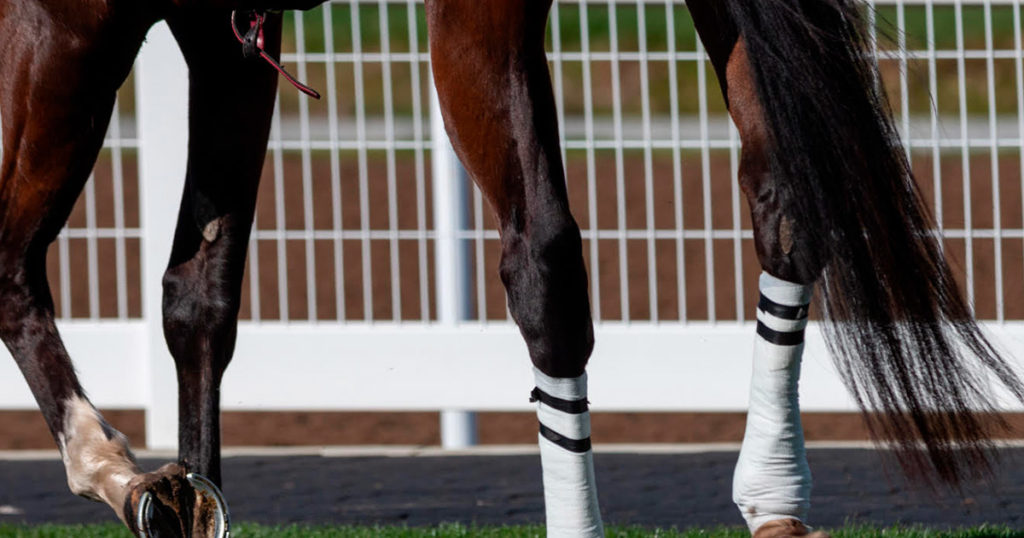Here in the Southern Hemisphere, we’re enjoying warmer weather and competition season in various disciplines is in full swing. As a result, it is commonplace to see horses and ponies have their legs iced or have cooling/ice boots applied post-exercise or between events. Most often such cooling methods are used on our horse’s limbs with the belief that doing so will aid tendon and ligament recovery and help to prevent injury.
But does this actually help our horses with their recovery? And what are the potential downsides to such practices?
Unlike muscles, blood flow to tendons and ligaments is actually poor. Yet blood flow to tendons and ligaments is needed to provide nutrients and specialised cells to these structures, allowing for connective tissue remodelling that naturally occurs in response to training and exercise. This is an important part of adaptation and how tendons and ligaments become stronger. Blood flow is also a key component which helps injured tendons or ligaments heal, and for this reason, can partially explain why injured tendons and ligaments can take so long to heal.
Anything that further hinders this already poor blood flow compromises recovery and repair. The application of ice and cooling boots causes localised vasoconstriction (narrowing of blood vessels). This in turn further reduces already low blood flow to the areas that have been iced.
Icing may also lead to a decrease in the production of important hormones which help to repair damaged tissue.
Whilst icing in the initial stages of some acute injuries can be helpful (in order to reduce swelling and excessive inflammation)- using it ‘proactively’ or as a form of recovery may do more harm than good.

Camilla Whishaw is a highly regarded, experienced horsewoman and naturopath, helping to holistically treat and manage a broad range of equine health conditions and injuries, with a passion for mare and stallion fertility.
As a world-renowned practitioner, presenter, author, and consultant in the field of Equine Naturopathy, Camilla shares her knowledge through keynote presentations, interviews, lectures, panel sessions, and workshop training.





